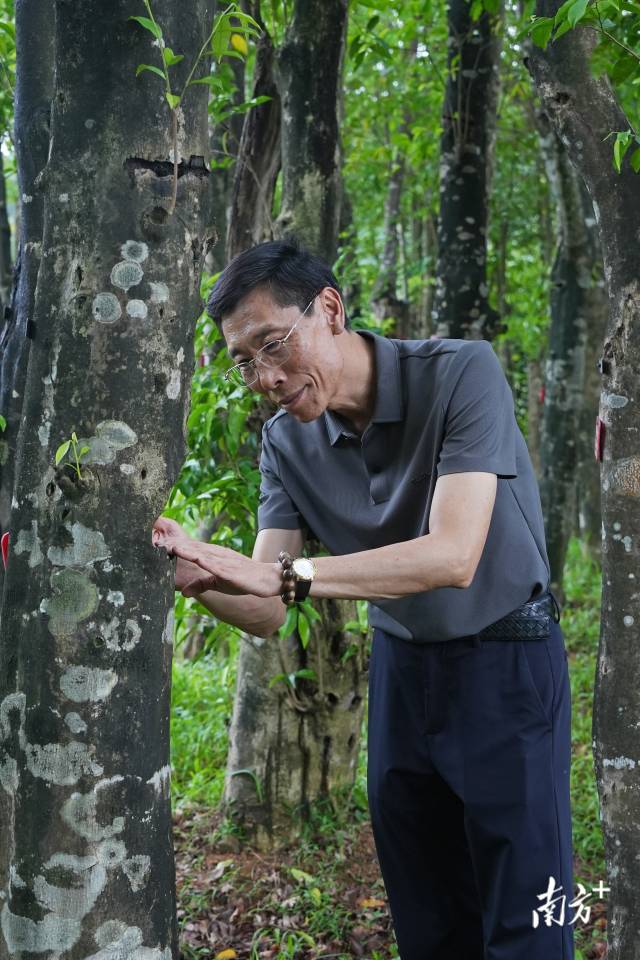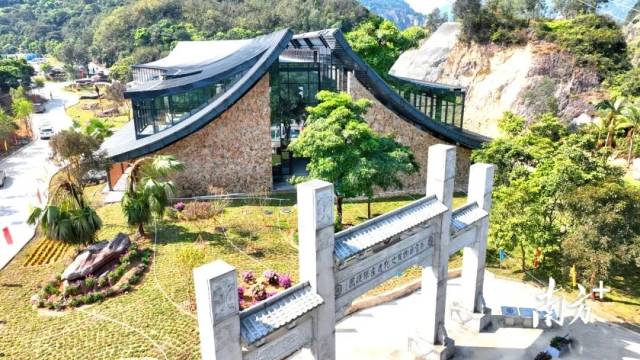Incense trees have stood for centuries at the Guanxiang Intangible Cultural Heritage Park on Daling Mountain in Dongguan, south China's Guangdong Province, serving as a living symbol of the region's famed Guanxiang, or Dongguan agarwood.
The prized fragrance, extracted from the resin of injured Aquilaria sinensis trees, is known as the "treasure of Lingnan" for its delicate scent and medicinal value.
The region's distinctive environment is crucial. According to a park official, the weakly acidic red soil, subtropical monsoon climate, and unique local microbes combine to create perfect conditions for agarwood to form.

Huang Ou, a nationally recognized inheritor of the intangible cultural heritage "Guanxiang-Making Techniques," demonstrates the thousand-year-old process. He makes precise incisions in the tree that avoid damaging vital wood tissues, triggering a years-long biochemical battle between the tree and microorganisms to produce the prized aromatic resin.
The ancient art of producing Guanxiang fragrance is thriving in modern times. In Guanxiang cultural town on Daling Mountain, a complete industry chain connects local plantations, museums and retail centers. With annual output topping 3 tonnes, Guanxiang is now used in essential oils, skincare products and more. Fragrance workshops and resin-harvesting experiences allow visitors to take part in the tradition, with the option to dress in Hanfu for a cultural touch.
Combining tradition and innovation, the age-old scent is finding new life in contemporary markets.

Script / On-Camera: Zhao Yuanyuan
Filming: Qiu Minye, Chen Wenxia
Video editor | Ou Nanying, Chen Wenxia
Text | People's Daily
Photo | Nanfang Plus
Editor | Zheng Shenghao (intern), Huang Qini, Liu Lingzhi, James, Shen He
















